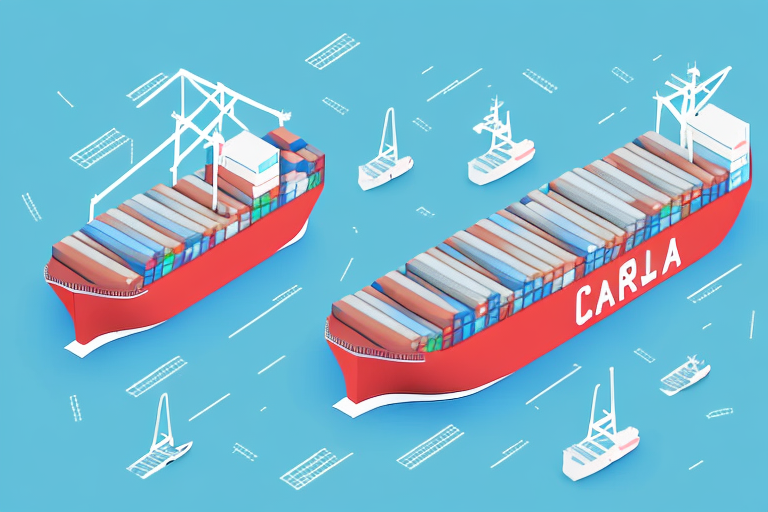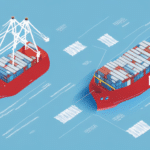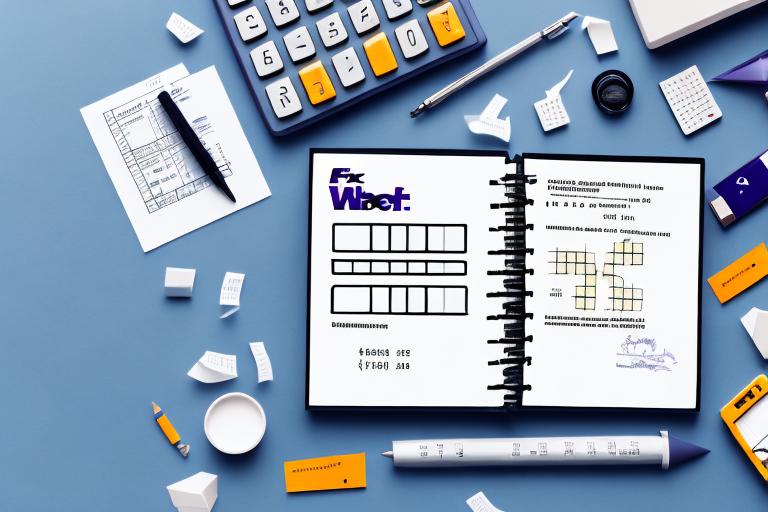Understanding the Benefits of the Bill of Lading
In international trade, the transportation of goods from one location to another necessitates a legal document that serves as proof of the transfer of ownership and the carrier's responsibility. This document is known as a Bill of Lading, and it offers significant benefits that are crucial to comprehend. This article provides an in-depth analysis of the Bill of Lading, covering its definition, types, legal importance, common mistakes to avoid, and emerging trends.
What is a Bill of Lading and How Does it Work?
A Bill of Lading is a legal document that acts as a receipt for the goods being transported. It outlines the terms and conditions of the transportation agreement between the shipper and the carrier. This comprehensive document includes details such as the type of goods, quantity, port of origin and destination, and important dates like the delivery deadline.
When a shipper transfers goods to a carrier, the carrier issues a Bill of Lading in favor of the shipper. In sea transport, the shipper receives three copies of the Bill of Lading:
- One copy is sent to the consignee.
- One is kept with the carrier.
- The third is retained by the shipper.
This ensures that every party involved in the transportation chain has access to the same information, promoting transparency and accountability.
Beyond serving as a receipt, a Bill of Lading functions as a title document that proves ownership of the goods. This allows it to be used as collateral for financing or as evidence in legal disputes. Additionally, it acts as a document of carriage, outlining the carrier's responsibilities, including delivering the goods to the correct destination, maintaining their condition, and adhering to the agreed-upon timeframe. Failure to meet these obligations can entitle the shipper to compensation or damages.
Types of Bill of Lading and When to Use Them
There are several types of Bills of Lading, each serving specific purposes:
- Straight Bill of Lading: A non-negotiable document released only to the named consignee.
- Order Bill of Lading: A negotiable document that can be endorsed to a third party, such as a bank, allowing the transfer of ownership.
- Bearer Bill of Lading: A negotiable document transferable to any holder without indicating the consignee’s name.
The choice of Bill of Lading depends on the nature of the cargo and the agreement between the shipper and carrier. Additionally, electronic versions known as eBOLs are gaining popularity due to their convenience and efficiency. However, it's essential to ensure that the electronic system used is secure and reliable, and that all parties can effectively access and utilize it. Some countries or industries may have specific regulations regarding the use of electronic Bills of Lading.
The Legal Importance of a Bill of Lading in International Trade
The Bill of Lading is a pivotal legal document in international trade, outlining the responsibilities of both the carrier and the shipper. It serves as proof that the cargo was received in good condition and delivered to the consignee. In cases of disputes or damage to the goods, the Bill of Lading can be used as legal evidence to resolve issues.
Furthermore, it is required by customs authorities as proof of ownership and payment of duties and taxes, ensuring compliance with international regulations. The Bill of Lading is also integral in securing financing for shipments, as banks often require it as collateral for loans or credit. This underscores the document's role in facilitating smooth and successful international trade transactions.
How to Avoid Disputes and Fraud with a Bill of Lading
To prevent disputes and fraud, it's crucial to ensure that all information on the Bill of Lading is accurate and complete. Shippers should verify the carrier's identity and the legitimacy of the Bill of Lading. Proper packaging and labeling of cargo are essential to avoid transit damage.
Electronic Bills of Lading (eBOLs) offer enhanced security by eliminating paper documents, thus reducing the risk of errors and discrepancies. Including specific details such as weight, dimensions, and value of the cargo can further prevent disputes and ensure proper handling throughout the shipping process.
Using a trusted third-party logistics provider can also mitigate risks. These providers ensure the accuracy and completeness of the Bill of Lading and offer additional services like cargo insurance and tracking, providing greater assurance and efficiency.
The Role of a Bill of Lading in Transportation and Logistics
The Bill of Lading is an essential element in the transportation and logistics industry. It provides the carrier with necessary information about the goods, their destination, and the transportation conditions. For shippers, it offers the ability to track cargo and monitor the transportation process.
Additionally, the Bill of Lading is used to calculate transportation costs and invoice involved parties. It serves as legal evidence of the contract of carriage between the shipper and carrier, detailing responsibilities, transportation mode, and delivery dates. Accurate and complete Bills of Lading are crucial to avoid disputes and ensure efficient transportation operations.
Negotiable vs. Non-Negotiable Bill of Lading: Which to Choose?
The choice between a negotiable and non-negotiable Bill of Lading depends on the shipper's needs and the agreement with the carrier. A non-negotiable Bill of Lading offers greater security, ensuring that the consignment reaches the intended recipient without the risk of unauthorized transfers.
On the other hand, a negotiable Bill of Lading provides flexibility in transferring ownership, which can be advantageous in transactions requiring quick and easy transfer of goods ownership, such as sales or intercompany transfers. However, it also introduces risks related to fraud and unauthorized transfers, especially with high-value goods.
Assessing the level of risk and the specific requirements of the transaction is essential in making an informed decision between the two types.
Electronic Bill of Lading: Pros and Cons
The transition to Electronic Bills of Lading (eBL) has revolutionized the shipping industry by offering numerous advantages:
- Faster processing times
- Reduced costs associated with paper documents
- Increased security and reduced risk of fraud
However, there are challenges to widespread adoption:
- Dependence on technology and potential technical issues
- Need for standardization across different systems and stakeholders
- Acceptance and compliance by all parties involved in the transaction
Despite these challenges, the trend towards digitalization is expected to continue, driven by the benefits of efficiency and security.
Common Mistakes to Avoid When Using a Bill of Lading
Several common mistakes can undermine the effectiveness of a Bill of Lading:
- Inaccurate Descriptions: Incorrect or vague descriptions of goods can lead to misunderstandings and disputes.
- Misspelled or Incorrect Information: Errors in names, addresses, or other critical information can cause delays and legal issues.
- Omission of Important Details: Failing to include essential details like delivery deadlines and transportation modes can disrupt the shipping process.
- Improper Identification of Parties: Clearly identifying the shipper, carrier, and consignee is vital to avoid confusion and disputes.
- Lack of Pre-Transport Inspection: Not inspecting goods before loading can result in unnoticed damages and subsequent disputes over responsibility.
Ensuring meticulous accuracy and completeness of the Bill of Lading can prevent these issues and facilitate smooth transportation operations.
The Future of the Bill of Lading: Trends and Predictions
The future of the Bill of Lading is poised for significant advancements, driven by technological innovations:
- Increased Use of eBL: Digital Bills of Lading are expected to become the norm, enhancing efficiency and security.
- Blockchain Integration: Blockchain technology can provide immutable records, further reducing fraud and increasing transparency.
- Global Standardization: Efforts towards standardizing digital documentation practices will facilitate smoother international transactions.
These trends indicate a move towards more secure, efficient, and transparent processes in transporting goods internationally. Adapting to these changes will be essential for stakeholders to remain competitive and compliant in the global market.
In conclusion, the Bill of Lading is an indispensable tool in international trade, providing proof of ownership, legal protection, and facilitating the smooth transportation of goods. Understanding its various types, legal implications, and best practices for its use can significantly enhance the efficiency and security of trade transactions. As the industry evolves, embracing digital innovations like electronic Bills of Lading will be crucial in adapting to the future landscape of global commerce.




















